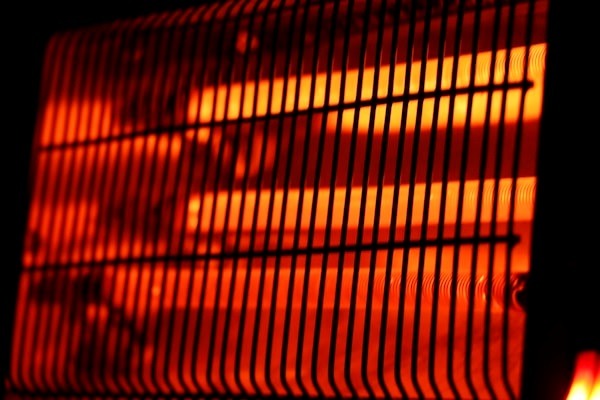Are you considering installing a heat pump package unit in your home? It is an important decision, and it is important to know what mistakes to avoid when doing so. Keep reading to find out the mistakes to avoid when installing a heat pump package unit.
Failing to Adhere to Local Building Codes
If you’re on this page, you’re probably wondering how to install a heat pump package unit and thinking about some of the most common issues you may come across. One of the most common mistakes made when installing a heat pump package unit is not taking into account the local building codes. Depending on where you live, there may be certain requirements that need to be met in order for your heat pump installation to be considered safe and up to code. Before beginning any installation, it’s important to find out what these regulations are and make sure you adhere to them throughout the process. This means consulting with professionals such as an HVAC technician or contractor who can help guide you through this part of the installation.
Not Verifying Proper Sizing of Unit
Another mistake people often make when installing a heat pump unit is failing to properly size it for their home or space. If your heat pump is too small, it won’t adequately provide heating and cooling needs; whereas if it’s too large, it will overwork itself resulting in higher energy bills and potential damage due to overuse. It’s important then that the right size unit be chosen so that all household needs can be provided for without sacrificing efficiency. It is essential that before any installation begins, you must determine what size and type of system will best suit your needs and home. If an undersized or oversized system is installed it can result in higher operational costs, decreased efficiency, premature failure, and even cause damage to other components due to improper operation.
When determining the correct size for a heat pump unit, there are two key factors that need to be identified: tonnage rating (the rate at which cooling capacity can be attained) and BTU/Hr input rating (the amount of energy used by the compressor). This information can usually be found on both the outside label placed on each unit as well as in its documentation packet. The correct sizing should take into account not only your climate but also how much air leakage exists in your home’s envelope along with any insulation upgrades you may have made since purchasing it initially.
Not Following Recommended Procedures
When installing a heat pump unit, it is important to follow recommended procedures for connecting electrical components. This ensures that the heat pump will function correctly and safely without risking damage to either the equipment or those using it. Failure to adhere to the correct wiring instructions can cause serious electrical shock or even fire hazards in some cases. The most important step is making sure all of the necessary parts are present before beginning installation and double-checking every connection as you go along.
Additionally, any new wiring should be installed according to local building codes as well as manufacturer guidelines for proper connections and safety measures such as grounding properly and covering exposed wires with insulation tape where needed. Lastly, always make sure circuit breakers are shut off when performing any kind of work on an existing circuit, even if only momentarily while switching out old wiring with new components. Following these steps can help ensure that your heat pump package will remain safe and functional throughout its lifetime.
Overall, it is essential to be aware of the potential mistakes that can occur when installing a heat pump unit, as these errors can lead to costly repairs and inefficient operation. Taking the time to assess the unit, understand the wiring, and install the unit correctly can help to ensure that the system is running optimally and safely.


